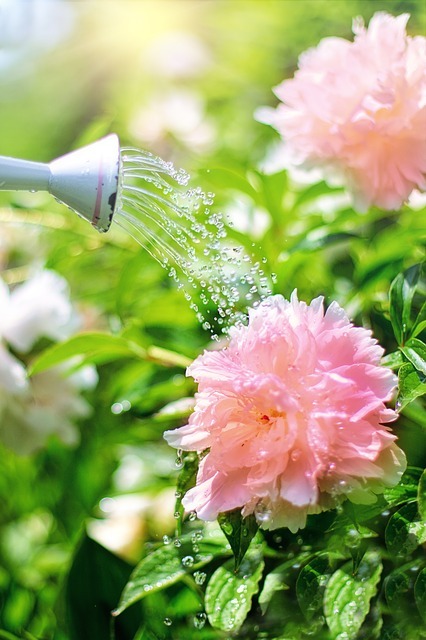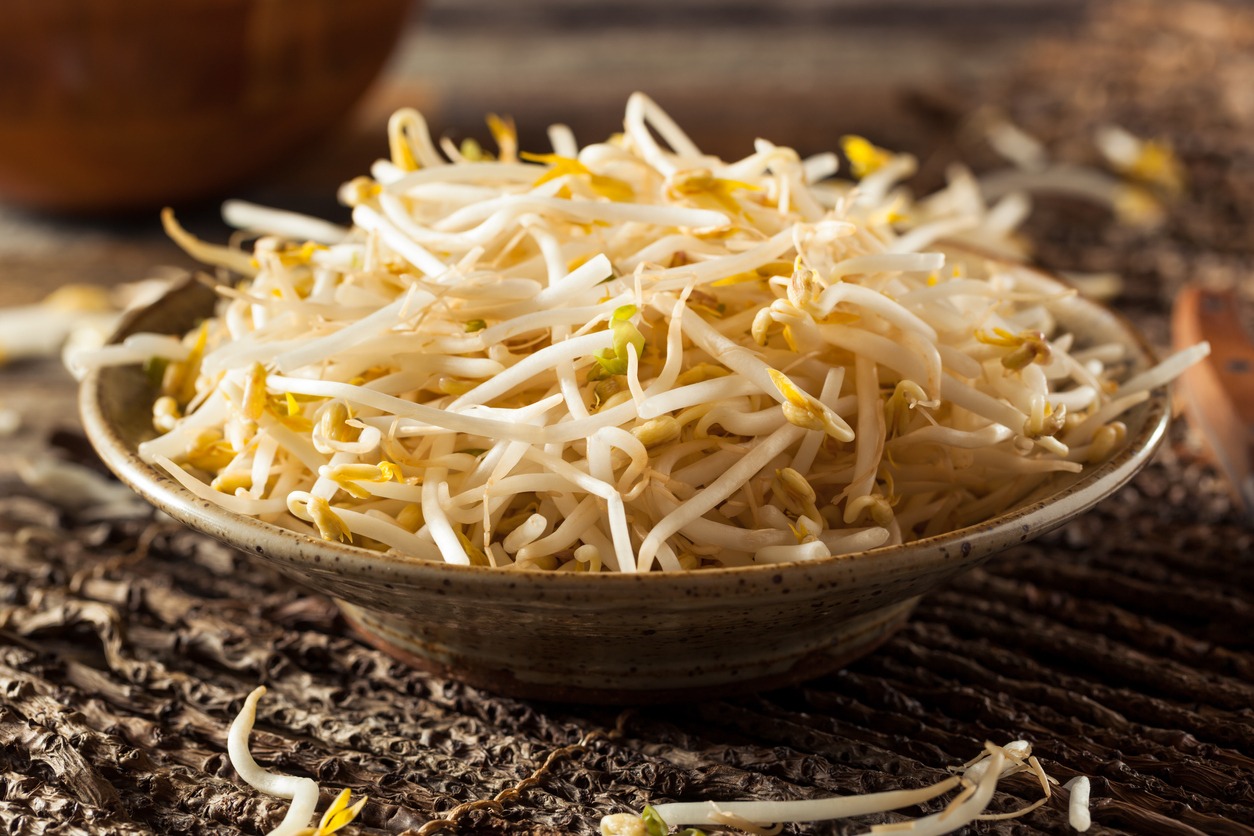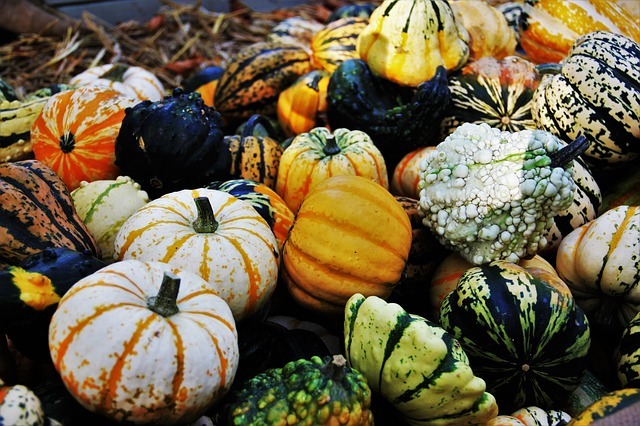A Guide to Using Manure on Your Homestead Garden
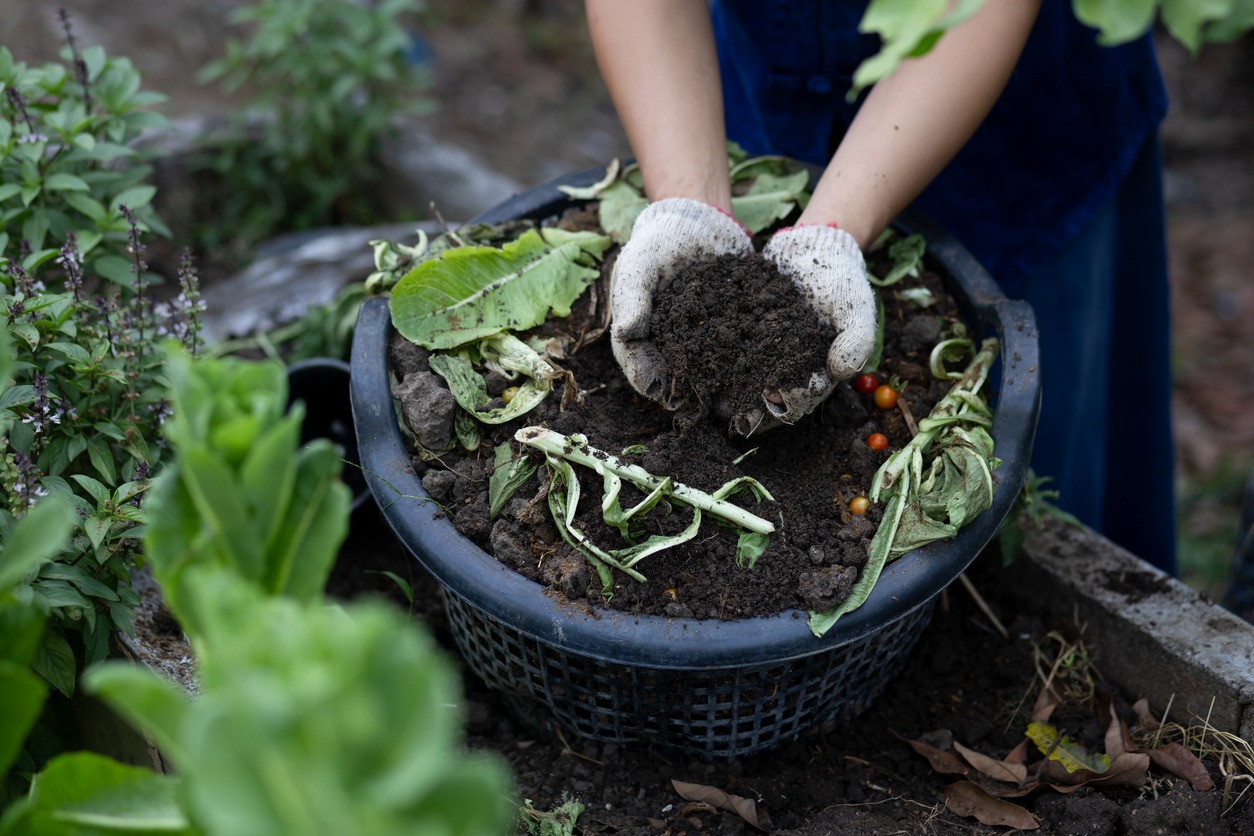
Manure is one of the most valuable tools in a homesteader’s arsenal. Often considered mere waste, it is, in reality, a natural treasure trove of nutrients and organic matter that can transform your garden soil into a rich, fertile foundation for abundant harvests. However, manure is not without its challenges. If used incorrectly, it can damage plants, introduce harmful pathogens, or lead to environmental issues.
In this guide, we’ll cover everything you need to know about using manure safely and effectively in your homestead garden. From understanding the different types of manure to composting techniques and application methods, this comprehensive resource will ensure you get the most out of this natural fertilizer while protecting your plants, health, and environment.
Why Use Manure in Your Garden?
Manure offers a myriad of benefits for gardeners seeking to cultivate healthy, productive soil. Here’s a closer look at why this natural amendment is so highly regarded:
- A Natural Nutrient Boost Manure is packed with essential nutrients—primarily nitrogen, phosphorus, and potassium—that plants need to grow strong and healthy. These nutrients are released slowly over time, providing long-lasting benefits to your garden. Unlike synthetic fertilizers, manure improves soil fertility naturally without the risk of chemical buildup.
- Improved Soil Texture and Structure Manure enhances soil’s water-holding capacity, helping retain moisture in sandy soils and improving drainage in clay-heavy soils. It also boosts aeration, allowing plant roots to access oxygen more easily. This is particularly helpful in gardens where compacted soil is an issue.
- Feeding Beneficial Microorganisms Healthy soil is teeming with life, and manure fuels this ecosystem. The organic matter in manure feeds microbes and fungi that break down organic materials, cycling nutrients back into forms that plants can absorb.
- Environmentally Friendly Gardening Using manure reduces dependence on synthetic fertilizers, many of which are derived from non-renewable resources and can harm the environment. Incorporating manure into your garden is a sustainable practice that supports the natural ecosystem.
Types of Manure for Your Garden
Each type of animal manure has unique properties that make it better suited for certain applications. Choosing the right manure for your garden depends on your plant’s needs and the resources available to you.
- Cow Manure: Often called "black gold," cow manure is nutrient-rich but mild, making it safe for most plants. Its high organic matter content also improves soil texture, making it a great all-purpose option for composting and direct soil application.
- Chicken Manure: One of the most potent manures, chicken droppings are high in nitrogen, which promotes leafy green growth. However, raw chicken manure can burn plants if applied directly, so thorough composting is essential.
- Horse Manure: Horse manure is rich in organic matter and relatively easy to handle. While it’s lower in nutrients than chicken or cow manure, it’s excellent for improving soil structure and can be a good addition to compost piles.
- Sheep and Goat Manure: These manures are compact and easy to work with. They contain balanced amounts of nitrogen, phosphorus, and potassium, making them ideal for crops that require steady nutrient delivery.
- Rabbit Manure: Unique among manures, rabbit droppings can be applied directly to the garden without composting. They’re rich in nitrogen and phosphorus and are ideal for container gardens or small plots.
- Pig Manure: While rich in nutrients, pig manure is harder to handle due to its higher potential for pathogens. Proper composting is critical to ensure safety.
Composting
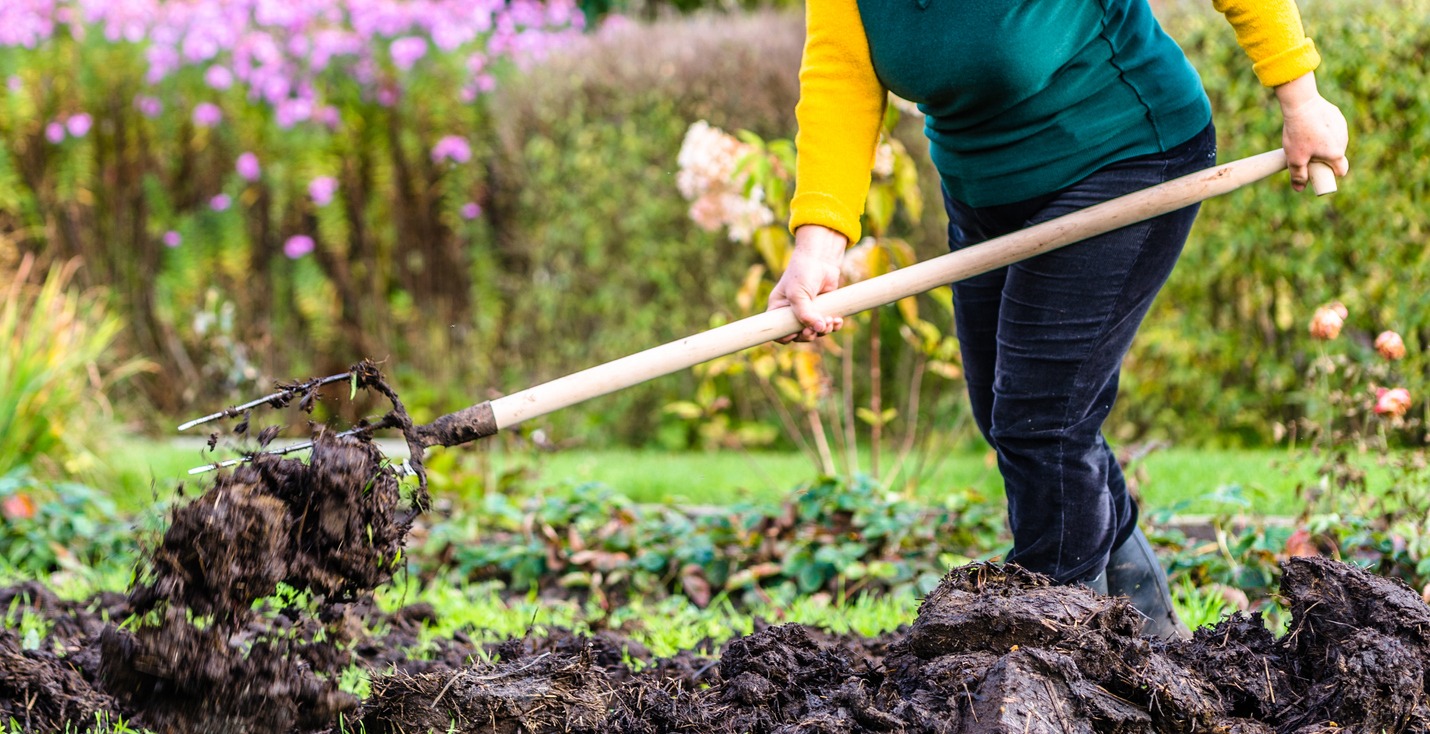
Using raw manure directly in the garden can be risky due to potential pathogens like E. coli and salmonella. Composting eliminates these dangers while stabilizing nutrients and creating a safe, effective fertilizer.
How to Compost Manure Properly
- Balance Your Carbon-to-Nitrogen Ratio Combine "green" materials (manure, grass clippings) with "brown" materials (straw, dried leaves) to create the right mix. Aim for a ratio between 25:1 and 40:1 for optimal microbial activity.
- Maintain High Temperatures For safe composting, your pile must reach 135°F to 160°F. These temperatures kill pathogens and weed seeds while speeding up decomposition. Use a compost thermometer to monitor the process.
- Turn the Pile Regularly Aerate your compost by turning it every 5-7 days. Oxygen is essential for the beneficial bacteria that break down organic materials.
- Cure the Compost After the active composting phase, let the pile cure for 2-4 weeks. This final step stabilizes nutrients, resulting in a dark, crumbly, earthy-smelling material.
Soil Testing
Blindly applying manure to your garden can lead to nutrient imbalances. Soil testing helps you understand your soil’s pH and nutrient levels so you can tailor your manure application accordingly.
- Testing for Nitrogen: High-carbon manures can tie up nitrogen temporarily. A soil test will help determine whether you need to supplement with additional nitrogen sources.
- Phosphorus and Potassium: These nutrients are often present in high amounts in manure. Excessive phosphorus, for example, can harm water systems if it leaches out.
When and How to Apply Manure
Timing and application techniques can make or break your manure’s effectiveness.
- Apply Before Planting Spread aged or composted manure at least 2-4 weeks before planting to allow time for nutrients to integrate into the soil. For heavy feeders like tomatoes and corn, this step is especially important.
- Incorporate into the Soil Work the manure into the top 6-8 inches of soil. This ensures nutrients are readily available to plant roots while minimizing nutrient runoff.
- Avoid Direct Contact with Edibles Keep raw manure away from edible plant parts to avoid contamination. Use caution with root crops like carrots and potatoes, as they can absorb harmful compounds.
How to be Safe When Using Manure
Using manure in food-producing gardens requires extra care. Follow these best practices:
- Compost Thoroughly: Compost manure to eliminate pathogens and weed seeds.
- Follow the 120-Day Rule: Incorporate manure at least 120 days before harvesting crops that touch the soil, like lettuce or strawberries. For above-ground crops, aim for 90 days.
- Store Safely: Keep manure piles covered and away from water sources to prevent contamination.
Minimizing Environmental Impacts
While manure is a natural fertilizer, improper use can lead to environmental issues. Excess nitrogen and phosphorus can leach into waterways, harming aquatic ecosystems. Here’s how to minimize these risks:
- Incorporate manure into the soil immediately after spreading to prevent runoff.
- Avoid applying manure during rainy seasons or on sloped land.
- Regularly test the soil to monitor nutrient levels and avoid over-application.
Sourcing Quality Manure
Finding quality manure can be simple with a bit of effort:
- Local Farms and Stables: Many farmers and horse stables are happy to give away manure.
- Community Groups: Check Facebook, Craigslist, or local gardening networks for listings.
- Manure Exchange Programs: Barter homegrown produce for manure to build community relationships.
When sourcing manure, ensure it’s free of contaminants like herbicide residues or antibiotics.
Alternatives to Animal Manure
If animal manure isn’t accessible, consider these alternatives:
- Green Manures: Plant cover crops like clover or rye to fix nitrogen and improve soil structure.
- Vermicompost: Worm castings are nutrient-rich and perfect for small-scale gardens.
- Plant-Based Fertilizers: Alfalfa meal, kelp meal, and composted plant materials offer excellent nutrients.
- Biochar: This carbon-rich material improves soil water retention and nutrient availability.
Conclusion
Manure is a powerful tool for improving soil health, increasing yields, and promoting sustainable gardening. By selecting the right type of manure, composting it properly, and applying it responsibly, you’ll reap the rewards of a thriving homestead garden. Whether you’re using cow manure, experimenting with vermicompost, or exploring alternatives, the key is to work with nature to create a balanced, productive ecosystem.

